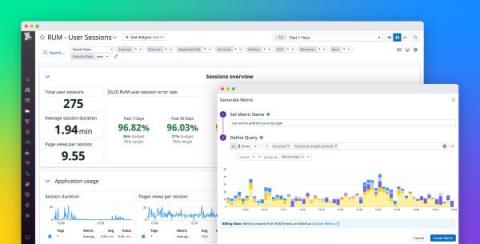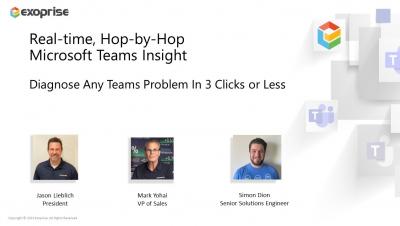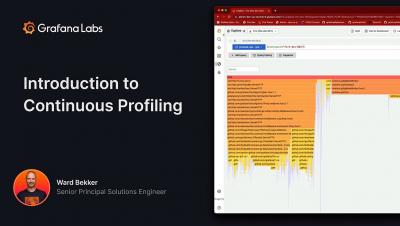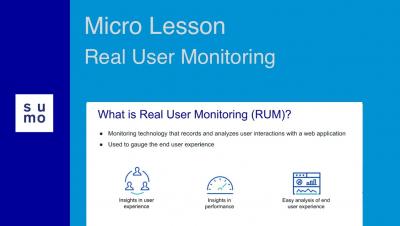5 Best Practices for Real User Monitoring
Real User Monitoring (RUM) is a method of web performance monitoring that captures user experience metrics on visitors to your website. It is also known as real user metrics, end-user experience monitoring, or simply user monitoring. You can think of Real User Monitoring as an automated way to get user feedback on your website. Not every user will complete a survey or fill out a feedback form, but RUM listens to each one of your users.










